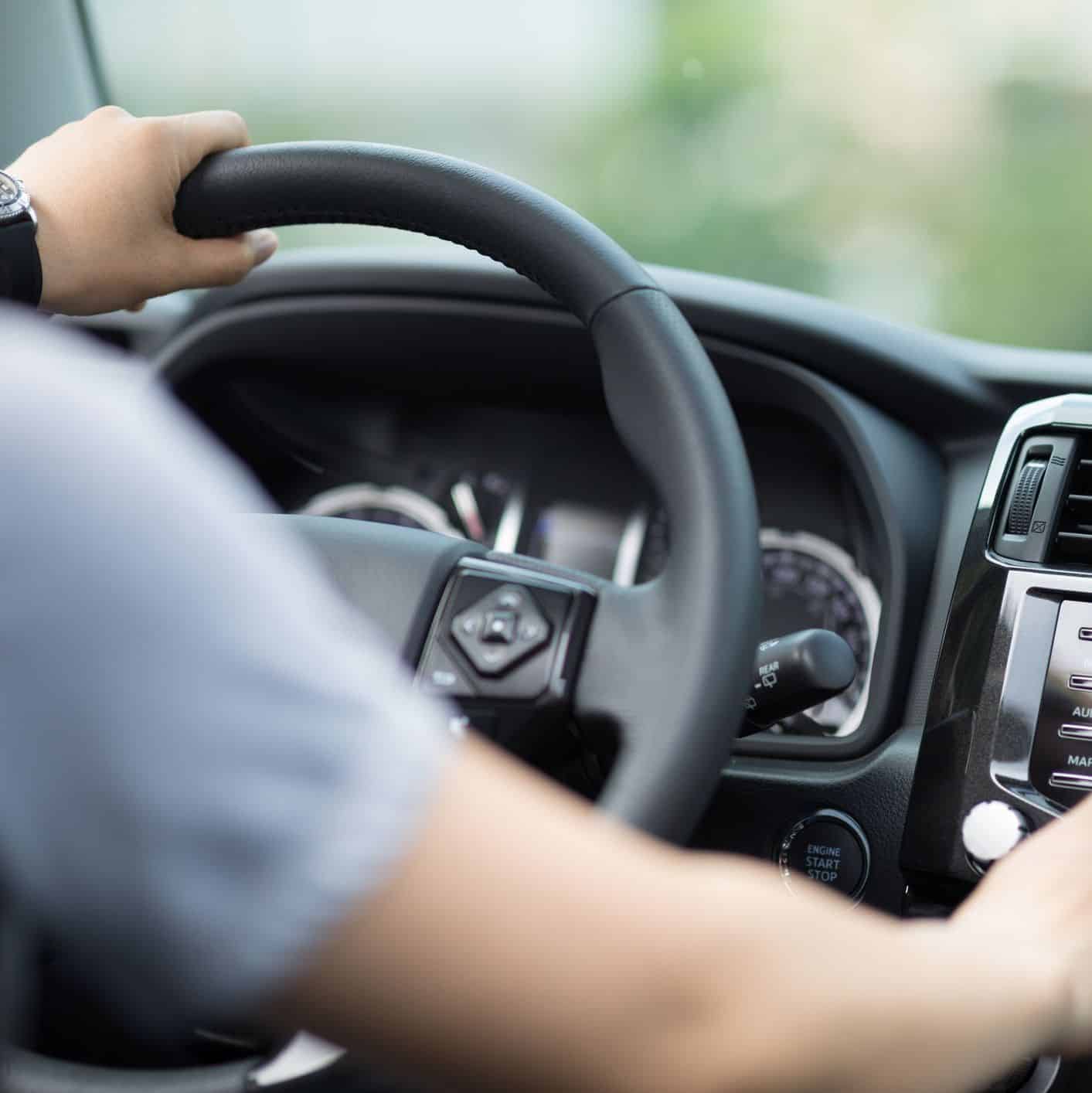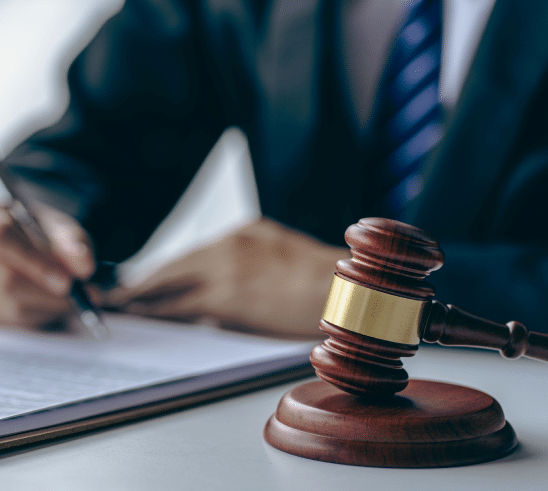DUI of Both Drugs & Alcohol VC 23152(g)
Have you been charged with DUI of Both Drugs & Alcohol VC 23152(g)? Whether you have questions about the next step, or you need representation for an upcoming court date, Gressley & Donaldson can help you get the results you deserve. Contact us today for a consultation.
DUI laws are put in place to protect the public from intoxicated drivers. Though many people like to think that incidents of DUIs are clear-cut and simple, there are often many nuances when it comes to DUI cases.
One of these nuances is whether or not the driver should be allowed to be charged with a DUI if instead of being over the legal blood alcohol limit, their driving was affected by a combination of both drugs and alcohol.
According to DUI of Both Drugs & Alcohol VC 23152(g), the answer is yes. But what types of drugs should be considered? What level of intoxication is considered illegal? Our firm will answer these questions and more in the sections below.
If you’re looking for a lawyer experienced with DUI defense, you won’t find a better option than Gressley & Donaldson. Call our office today to learn how we’ve successfully challenged unlawful DUI arrests in California.

Definition of Driving Under the Influence of a Combination of Alcohol and Drugs Vehicle Code 23152(g)
In California, a driver can be charged with a DUI even if they’re under the legal blood alcohol concentration (BAC) limit if the police suspect that the use of drugs is adding to the impairment of the driver. California Vehicle Code 23152(g) clearly explains:
“It is unlawful for a person who is under the combined influence of any alcoholic beverage and drug to drive a vehicle.”
It’s important to understand that DUI of both drugs & alcohol VC 23152(g) is not very different from a typical DUI. Though the method of proving the charge in court is different, it carries the same impacts and penalties as drinking and driving or drugging and driving.
How Does the Prosecutor Prove The Charge?
While an incident of driving under the influence of alcohol can often be proven through blood tests and breathalyzers, the prosecution will likely have a challenge if the BAC is below the legal limit of 0.08%.
Our firm has unfortunately seen the prosecution attempt to legitimize the DUI arrest by claiming that the driver was also affected by drugs in combination with alcohol. In order for the prosecution to successfully do this, they need to prove:
- That there was evidence of alcohol consumption
- That there was evidence of drug use
- That the combination of the drug use and alcohol affected the driver’s ability to drive safely
It’s important to note that the “driver” doesn’t necessarily need to be actively driving the vehicle at the time of arrest, only that the individual had control over the vehicle, meaning that they had the capability of driving the vehicle if they chose to do so.
Proof of Impairment
The prosecution will need proof of impairment if they hope to succeed in convicting someone of DUI of both drugs & Alcohol VC 23152(g). But unlike drinking and driving or drugging and driving, the prosecution must include proof that the driver was under the influence of both drugs and alcohol. This typically means that the prosecution will use police reports and blood test results that suggest a synergetic reaction between the two or that there was an intoxicating level of both drugs and alcohol.
Indications of Impairment
In order to arrest a driver under DUI of both drugs & alcohol VC 23152(g), the police officer will need to have reasonable suspicion that the driver is intoxicated. This could be any combination of speeding, swerving, reckless behavior, or aggressive driving. However, these behaviors alone aren’t enough to convict someone of driving under the influence of drugs and alcohol – there needs to be proof that drugs and alcohol were involved in combination with the driver’s behavior.
What kinds of drugs are covered?
Unlike other types of drug charges in California, any type of drug, legal or illegal, is eligible under DUI of both drugs & alcohol VC 23152(g) if the drug, when used in combination with alcohol, affected the individual’s driving. This includes:
- Marijuana
- PCP
- Heroin
- Cocaine
- LSD
- Oxycotin
- Codeine
- Cough syrup
- Ambien
- Benedryl
Essentially, if it has the capability to change your reaction times or motor function when in combination with alcohol, it will be covered by the statute.
How do police make a case for the involvement of drugs?
If the police can charge a driver for drinking and driving, they probably will. This means that usually when a police officer charges someone with DUI of both drugs & alcohol VC 23152(g), it means that their BAC levels were likely lower than the legal limit but there was evidence of drug use in combination with alcohol consumption. Police typically point to evidence such as:
- Blood tests which show that drugs and alcohol were in the driver’s system
- An admission made by the individual claiming that they were drunk and high
- Evidence of usage includes empty beer, wine, or liquor bottles and baggies, needles, or pill bottles
- Physical signs which point to drug use such as increased heart rate, dilated pupils, track marks, or “nodding off”
Any evidence that the police witness or collect will be noted in the police report, and when the individual’s car is impounded, they will typically make a full inventory of the items found in the car.

What criminal charges are related to Vehicle Code 23152(g)?
If you’re charged with DUI of Both Drugs & Alcohol VC 23152(g), there’s also a good chance that you may also be charged with a number of related charges as well. Typically when a police officer makes an arrest in a DUI case, they will also conduct a search of the car. For example, if any illegal drugs are found in the car, you may be charged with possession of a controlled substance, or if your driving resulted in taking the life of another person, you may be charged with vehicular manslaughter.
What are the Penalties for VC 23142(g)?
As mentioned earlier in this guide, DUI of both drugs & alcohol VC 23152(g) isn’t distinct from drinking and driving when it comes to criminal penalties or license repercussions. Below are the typical penalties an individual will face if charged with DUI of both drugs & alcohol VC 23152(g) and no additional aggravators (such as injury or death to another person) are added.
First offense
In most cases, the courts are more lenient towards a first-time DUI of both drugs & alcohol VC 23152(g) offense. If you haven’t been convicted of a DUI in over 10 years or you have never been convicted of a DUI, you will typically face the following penalties:
- Fines: A first-time DUI conviction may result in fines, which can range from $390 to $1,000.
- Probation: Typically, individuals may be placed on probation for three to five years. If this happens, you will likely avoid jail.
- Jail Time: While a first offense often does not involve significant jail time, there may be a mandatory minimum sentence, which can range from a few days to 6 months, depending on the circumstances.
- DUI Education Program: Completion of a state-approved DUI education program is usually required, and the length will vary depending on how high your BAC was at the time of your arrest.
In addition to these criminal penalties, you will also receive a license suspension for 6 to 10 months. The court may consider giving you a restricted license which allows you to drive between work and home. Or, they may give you the option to install an Ignition Interlock Device (IID), which is a device that prevents you from driving a vehicle under the influence.
Second offense
If you have been convicted of a DUI of both drugs & alcohol VC 23152(g) once in the past 10 years and are convicted a second time, a judge will likely issue you a combination of the following penalties:
- Jail Time: A second DUI offense may result in mandatory jail time, typically ranging from 96 hours to one year.
- Fines: Fines for a second DUI conviction can range from $390 to $1,000, but additional penalties and assessments significantly increase the total amount.
- Probation: Individuals convicted of a second DUI offense are typically placed on probation for a period of three to five years.
- DUI Education Program: A defendant’s DUI education program requirement is increased to a minimum of 18 months and a maximum of 30 months.
Driver’s license suspension also becomes more severe in a second offense DUI charge. If you are found guilty of a second offense of DUI, your license will be suspended by the DMV for two years. A second-time offender is still eligible for an IID, though it will be a much longer time requirement.
Third offense
In the event that an individual racks up three DUI charges in a 10-year period, they will receive the following penalties, barring any aggravators:
- Jail Time: A third DUI conviction will result in a county jail sentence, ranging from 190 days to a year.
- Fines: The fines associated with a third DUI conviction can be substantial, typically amounting to $390 to $1,000.
- Probation: Probation terms of 3 to 5 years may be imposed.
- DUI Education Program: You will be required to attend a 30-month DUI education course.
If you’re convicted of a third DUI offense, your license will be suspended for three years. You should also be aware that if you have a fourth offense in a 10-year period, you can be charged with either a misdemeanor or a felony.

Legal Defenses
As noted above, a VC 23152(g) charge is often given to an individual when law enforcement wants to charge them with drinking and driving, but their BAC is below the legal limit. If there is any evidence of drugs present at the scene (this could include cough syrup or even Benedryl), they may attempt to claim in the police report that the drugs taken by the driver counteracted the alcohol already present in their system.
But just because a police officer says that you you were affected by a combination of drugs and alcohol, doesn’t make it so. Below are a few ways our law firm has can build your defense.
You were unaffected by the combination of drugs and alcohol
Just because there were drugs and alcohol present at the scene of the incident or even in your system, doesn’t mean that those drugs presented a danger to the public.
Let’s say that Phil goes to the bar and has one or two beers and then gets in his car to drive home. Before arriving home, he’s pulled over by a police officer for speeding. While writing him a ticket, the officer notices that Phil’s breath smells like beer. He also notices a pill bottle in the front seat which contains his mother’s sleeping pills. The officer arrests Phil for a DUI of both drugs and alcohol making the claim that Phil was under the influence of the beers drank as well as the pills in his car.
However, at the station, when receiving a chemical test, Phil’s results only came up positive for alcohol which was well below the legal limit. The police officer has no proof that Phil consumed any other drugs in combination with the two beers at the bar, and thus, no case can be realistically made for DUI.
There was no reasonable suspicion or probable cause
Let’s suppose that an individual was driving under the influence of both drugs and alcohol. But unlike the first scenario, let’s say that instead of being pulled over for speeding, the officer pulled over Phil because he was a person of color – not because of any indication that he was driving under the influence.
The police officer notes in the police report that Phil’s speech was slurred when questioning him, but there was no mention of why Phil was pulled over in the first place.
Though Phil broke the law in this scenario and could have seriously injured himself or someone else through his actions, the officer needed reasonable suspicion in order to lawfully pull Phil over, and thus, he cannot be charged with any crime discovered subsequent to the traffic stop.
There was no evidence of drugs or alcohol
There are many ways that the prosecution may try and prove that you are guilty of a DUI of both drugs and alcohol, but typically, they will try and prove that you were intoxicated by pointing to field sobriety tests, BAC readings, and physical evidence of drugs and alcohol at the scene.
But if you were arrested for DUI and you weren’t given any chemical tests and there were no drugs or alcohol at the scene, the prosecution will need to find a different charge to convict you.
Additionally, if the police officer only gave you a field sobriety test, our firm may be able to point to medical studies and call on expert witnesses who will attest to the low accuracy rates associated with these tests. Also note that while chemical tests are mandatory if an individual is arrested with a DUI, field sobriety tests are completely optional, and if you believe that you could be incriminated by one, you are within your rights to refuse.
You didn’t have control over the vehicle
In some situations, a person may be under the influence of both drugs and alcohol without ever intending to drive a motor vehicle. Let’s say that a friend is giving you a ride home after a night out and a police officer pulls the car over. Because your friend was in control of the vehicle and you weren’t, you can’t be lawfully charged with a DUI.
However, if you drove the car yourself and decided to pull over to sleep because of the effects of the drugs and alcohol, you may be charged with a DUI if a police officer discovers you in an intoxicated state.
Hire a qualified DUI lawyer
Are you ready for us to begin strategizing your defense? Our firm has dedicated many years to helping those unjustifiably charged with DUI and other stigmatizing offenses. Our business is defense – not judgment. Call Gressley & Donaldson today and tell us about your situation and we’ll tell you how we can help.
contact us to start building your defense
We understand that being accused of a crime is one of the most challenging times of your life. Rely on us to advocate for your rights and to give you the defense you deserve.
